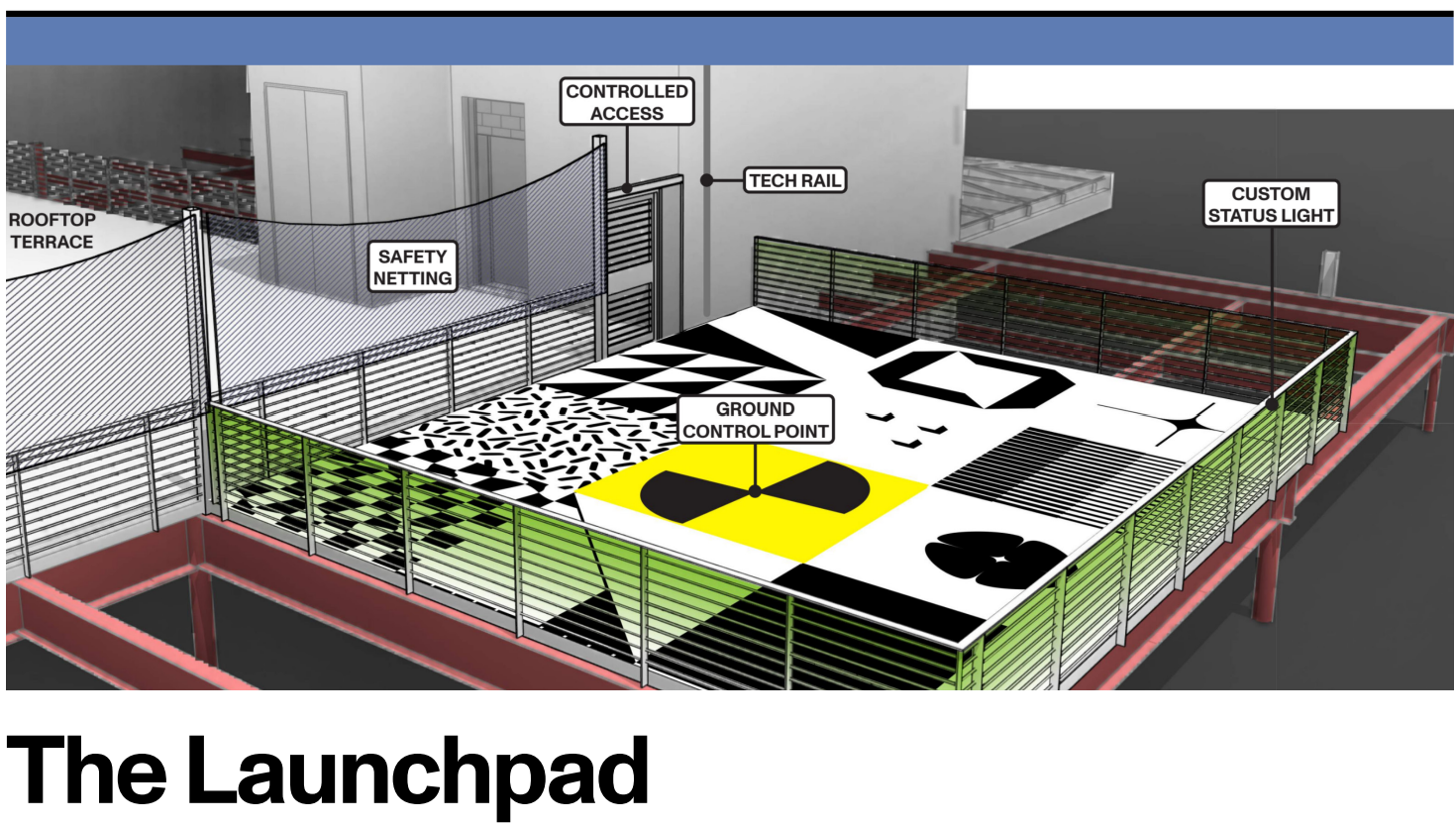Fly with Us
Participating drone operators will have access to concept and operational support from our partners Newlab and Airspace Link. The initiative will propel solutions focused on addressing accessibility, safety, tech equity and regulatory challenges by testing potential commercial drone uses – ranging from delivery of medical supplies, consumer goods and manufacturing materials to infrastructure inspection. Michigan Central will provide resources for foundational infrastructure, community engagement and skills training. MDOT will manage the network and define operating parameters, as well as data and safety protocols. Flight data from all pilots will feed the initiative’s overarching goal to drive drone operations beyond visual line of sight (BVLOS). By gaining BVLOS approval, Advanced Aerial Innovation Region participants can accelerate commercial drone development and unlock a variety of potential uses in Southeast Michigan, including extended-range delivery. We believe drones have the potential to close accessibility gaps for people and communities with mobility and transportation challenges. The Advanced Aerial Innovation Region partners are committed to community engagement throughout the two-year pilot period and to ensuring the benefits of drone commercialization can be shared by all. Get on board. If you are a drone operator and innovator who shares our vision, connect with us here.







